|
|
SPLICE DETECTOR™ TECHNOLOGIES
CORPORATE HISTORY |
|
|||||||||||||
|
|
Our roots: Splice Detector Technologies was founded in 1980's to better address web based conversion industries and finishing rooms for the paper, film and foil markets. Actual roots date as far back as 1950 where two instrumental visionaries Nash and Harrison found the worlds first on-line web inspection manufacturing companies to address a variety of quality assurance needs of the world wide paper industry. Called Nash & Harrison, Limited, the company based in Ottawa, Canada developed and patented technologies using phototransistor, photomultiplier and capacitive sensing technologies. Their primary focus was on sheeter applications where zero defect tolerance was a requirement of the time. Since no other competitive technologies existed at that time the company experienced sustainable growth of more than 25% per year. Primary markets served were Canada, United States and Western Europe.
By the late 1950's, the company introduced newer state-of-the-art technologies using phototransistor technology for the detection of spot type defects such as dirt, oil, light spots and other common events that occurred during the paper manufacturing process. They also introduced full sheet inspection for high-speed paper and coating machine processes.
Late 1960's: The late 1960's saw significant changes in the industry. The industry saw competitors emerging such as Cutler Hammer, Sick Optic, ULMA and some Asian manufacturers. At the same time, larger multinational companies were looking to diversify into other industries they felt would enhance current technologies they offered. Once such company was Leigh Controls Limited, a major player in the avionics industry.
Involved in case packaging machinery, converting machinery and other associated areas, Leigh Controls Ltd., considered implementation of inspection to be a natural fit with their current technologies. While the company experienced higher growth than in previous years, various business decisions made by in-experienced management personnel led to a critical mistakes, one of which to pull out of the European market to focus more on the emerging US market where quality was not considered a high priority at the time. This decision later would hinder growth for Leigh Controls and allow companies like ULMA and Sick Optic to gain market share.
By 1976: By 1976, financial considerations and logistics required the company to revaluate its manufacturing base. After 20+ years in Ottawa, Canada the decision was made to move across the border to the United States. This would provide better logistics and purchasing power allowing for significant reduction in manufacturing costs and improve profitability. After careful consideration of various locations, the company located to Syracuse, New York which at that time was a hub for serious industrial manufacturing with companies like Carrier Corp, GE, and GM to name a few.
1979: 1979 was a year that saw significant gains in machine vision technology. The company had completed and patented the first camera-based vision system used for online web inspection. Designed for film processing lines, the new camera system provided detection capabilities far beyond typical photomultiplier, laser or phototransistor technologies. However, it would not be until 1986 and the invention of CCD technology that other suppliers would catch onto the successful use of camera technology as a sensing platform. By then our company had over 8 years experience in filtering techniques specific to camera-based technology allowing us to provide a more stable and reliable inspection overall.
2000: Currently our company is developing new green technologies for its splice detection solutions. expected for release in January 2009, our company has developed the Sentinel splice detection (joint detector) that provides more stable performance, ultra high outputting and environmentally sound conditions. It will have the ability for our customers to automate auto-retraction and edge of web monitory for guiding. Designed for ease of use, the Sentinel will allow for web threading without operational intervention, while incorporating green solutions to reduce power consumption giving more value added savings to our customers.
|
||||||||||||||
Home | Products | Download Center | History | News | Jobs | Contact | Links | Feedback
|
|||||||||||||||
|
Information provided herein protected - © Copyright 2006-2019 Splice Detector™ Technologies
|
|||||||||||||||
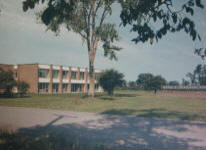

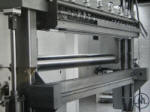
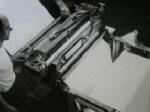
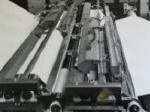
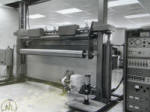
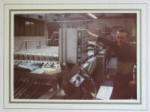
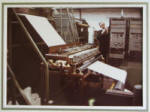
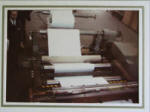
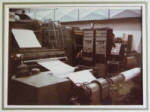
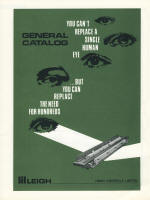
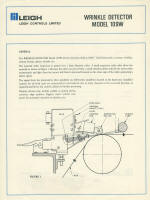
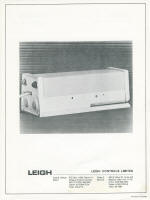
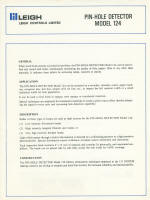
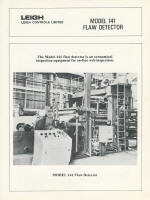
 1980:
1980 was
the year that our company became officially known as R.K.B.
OPTO-ELECTRONICS, INC. In October of that year, William Dobbie
acquired the Industrial Process Automation Division of Leigh
Controls and renamed the company R.K.B. as it is most widely known
today. With new insight and direction, the company became the
premier supplier to Crane & Co., Inc. manufacturers of the United
States Currency. Within 7 years, R.K.B would introduce high speed
CCD based inspection technologies using all forms of camera sensors
unlike competitive companies, many of which are no longer around.
Of course, by the late 1980's, the CCD development facilitated the
introduction of many smaller companies all bidding for piece of the
market, some successful, many were not. We also started to
concentrate on conversion industries and formed Splice Detector
Technologies
1980:
1980 was
the year that our company became officially known as R.K.B.
OPTO-ELECTRONICS, INC. In October of that year, William Dobbie
acquired the Industrial Process Automation Division of Leigh
Controls and renamed the company R.K.B. as it is most widely known
today. With new insight and direction, the company became the
premier supplier to Crane & Co., Inc. manufacturers of the United
States Currency. Within 7 years, R.K.B would introduce high speed
CCD based inspection technologies using all forms of camera sensors
unlike competitive companies, many of which are no longer around.
Of course, by the late 1980's, the CCD development facilitated the
introduction of many smaller companies all bidding for piece of the
market, some successful, many were not. We also started to
concentrate on conversion industries and formed Splice Detector
Technologies